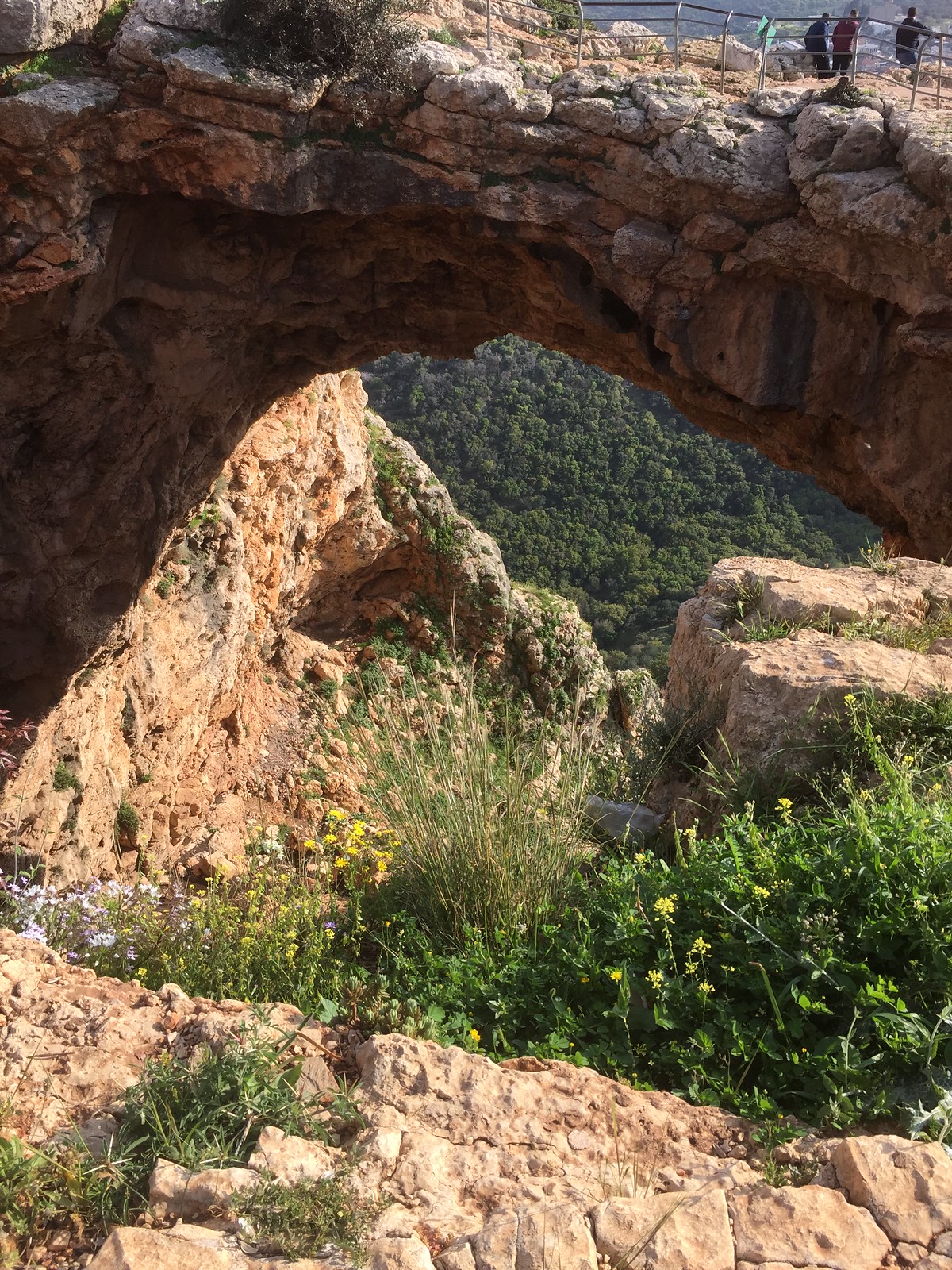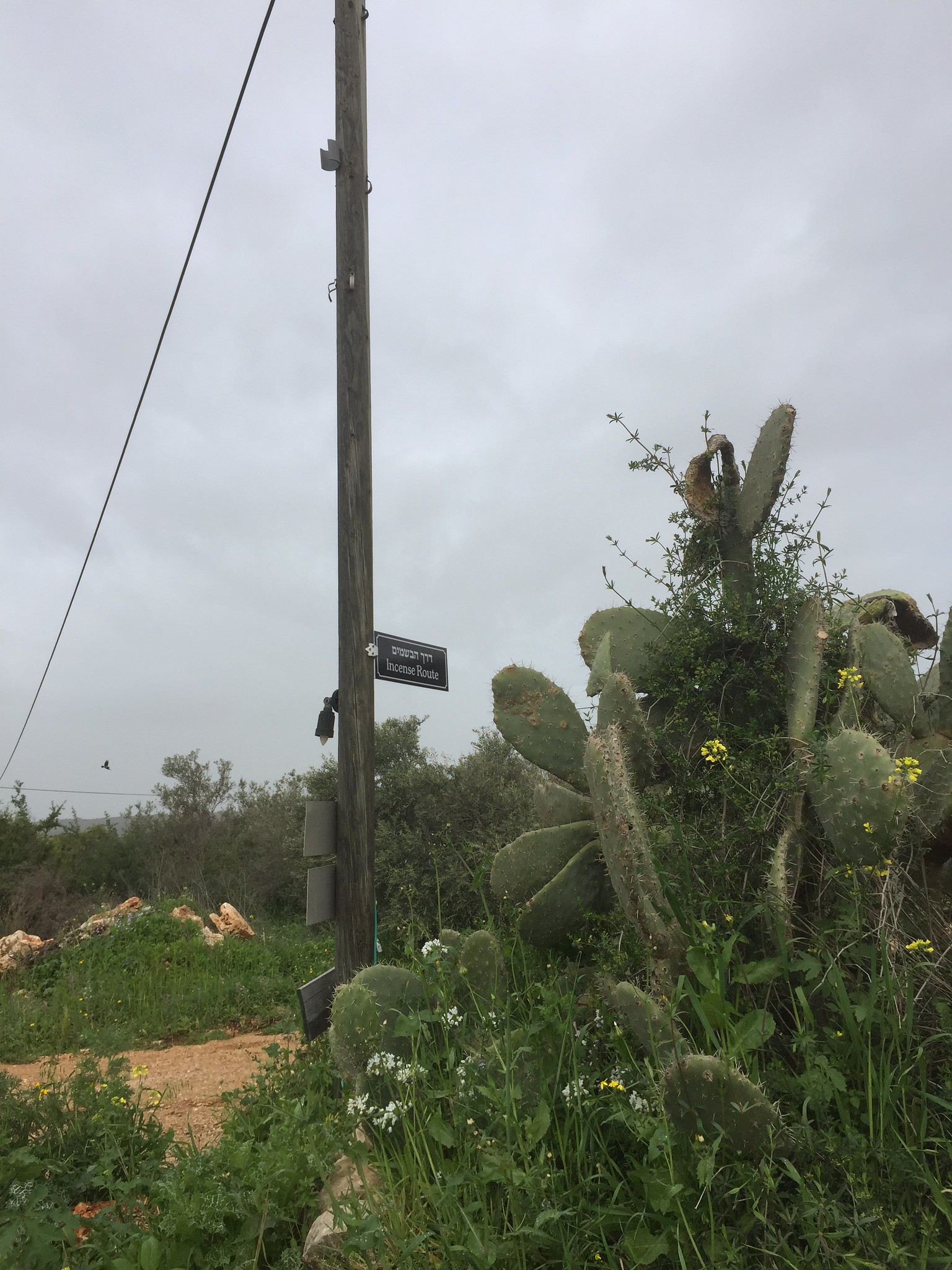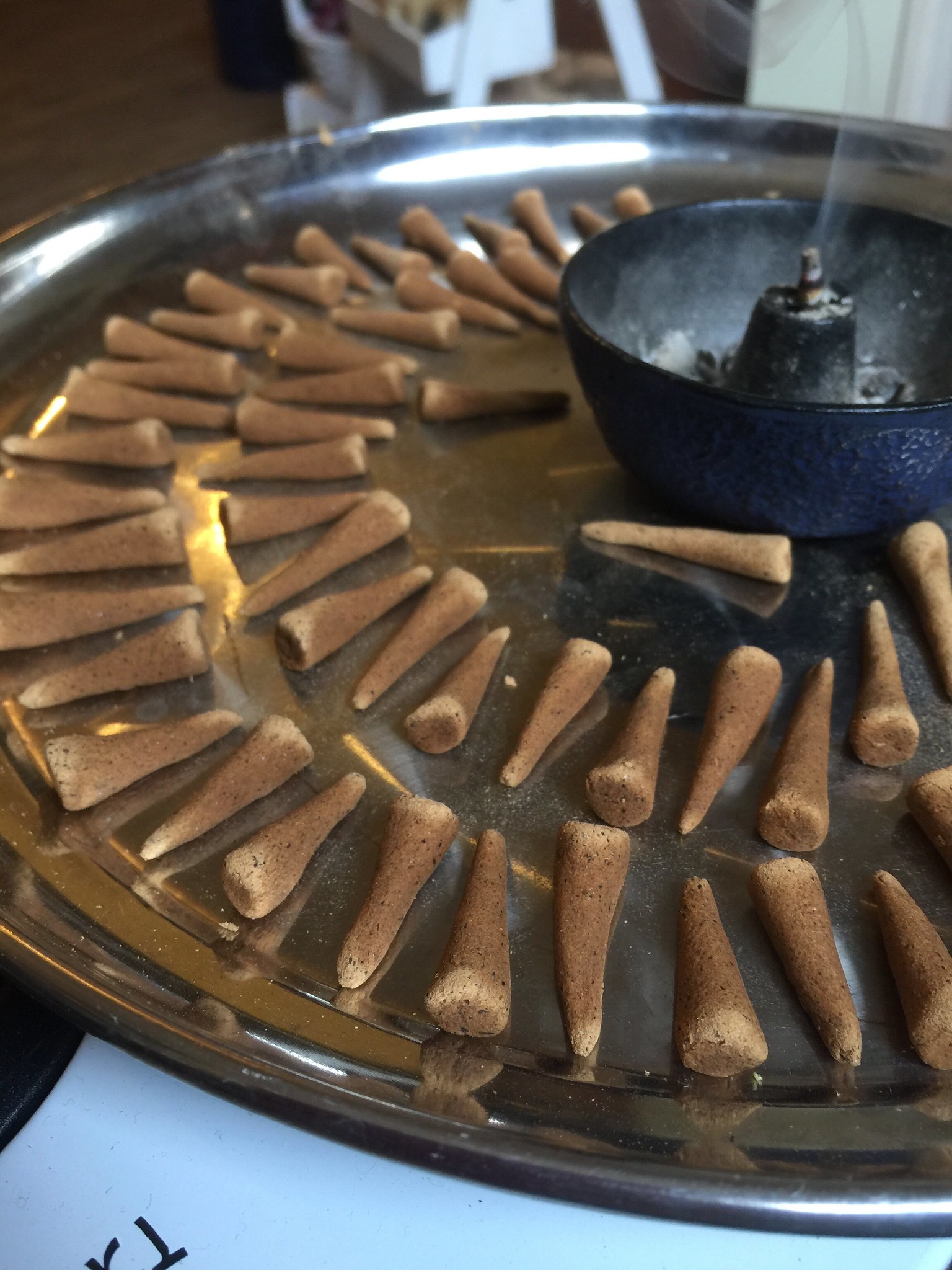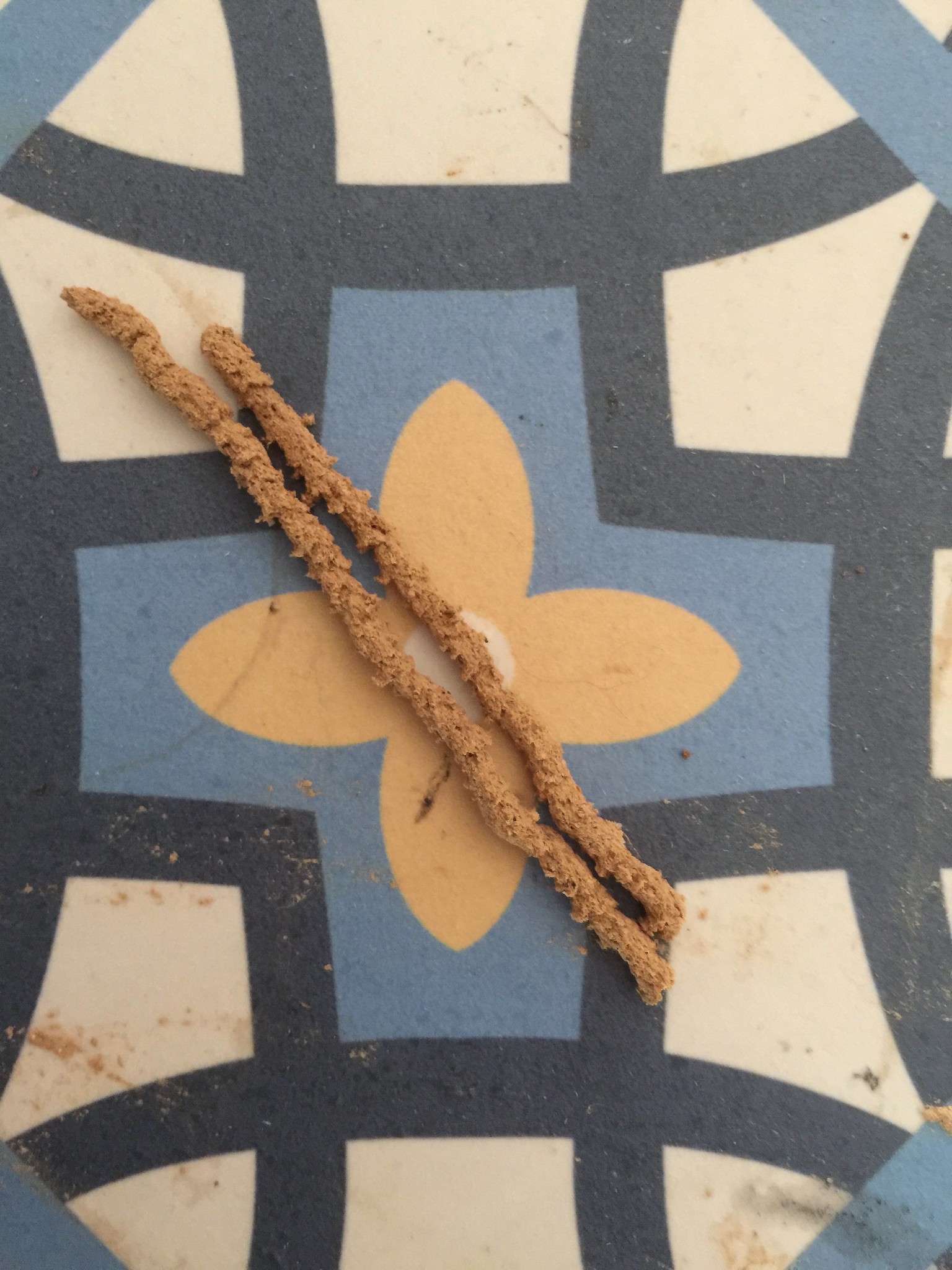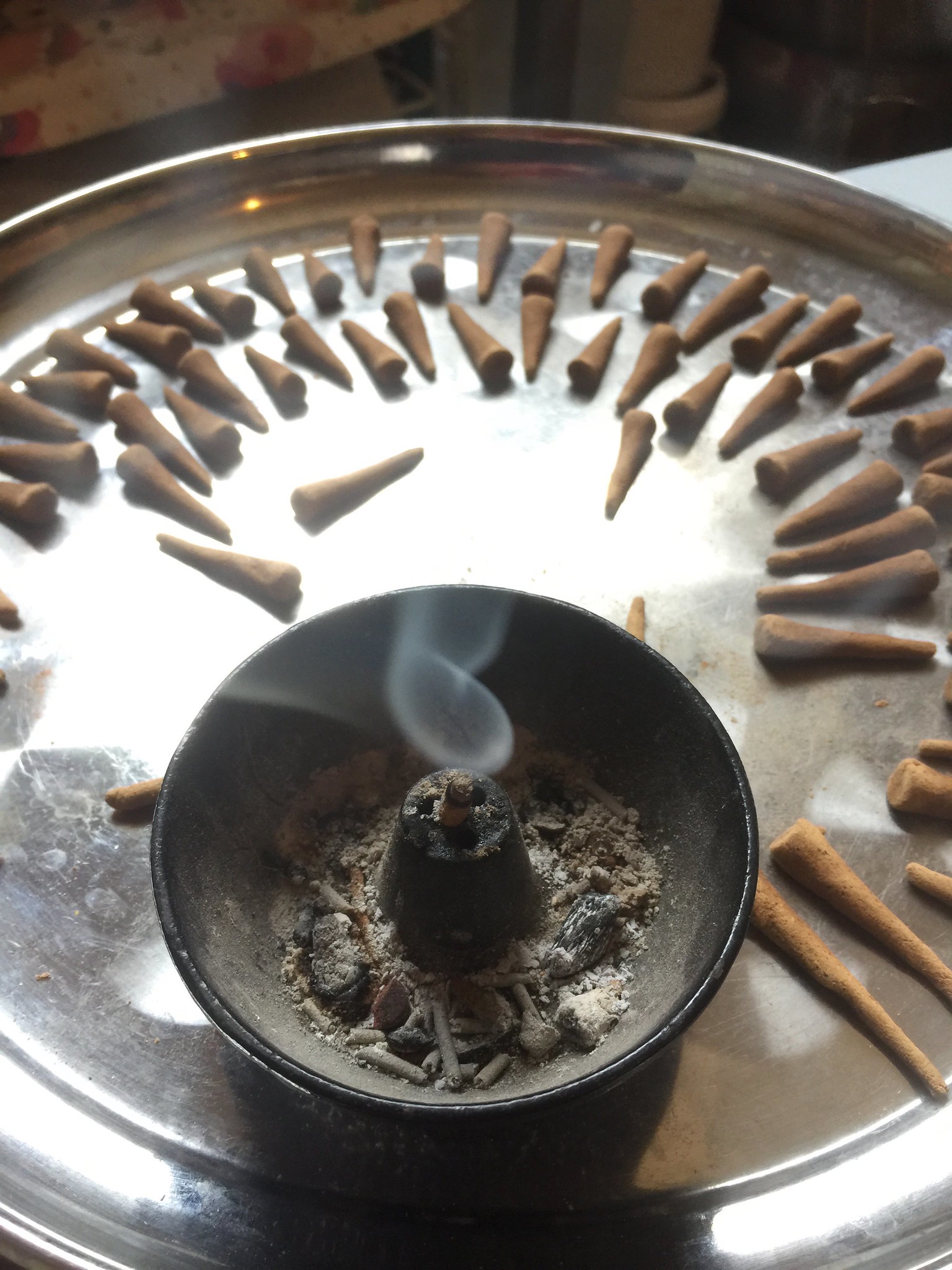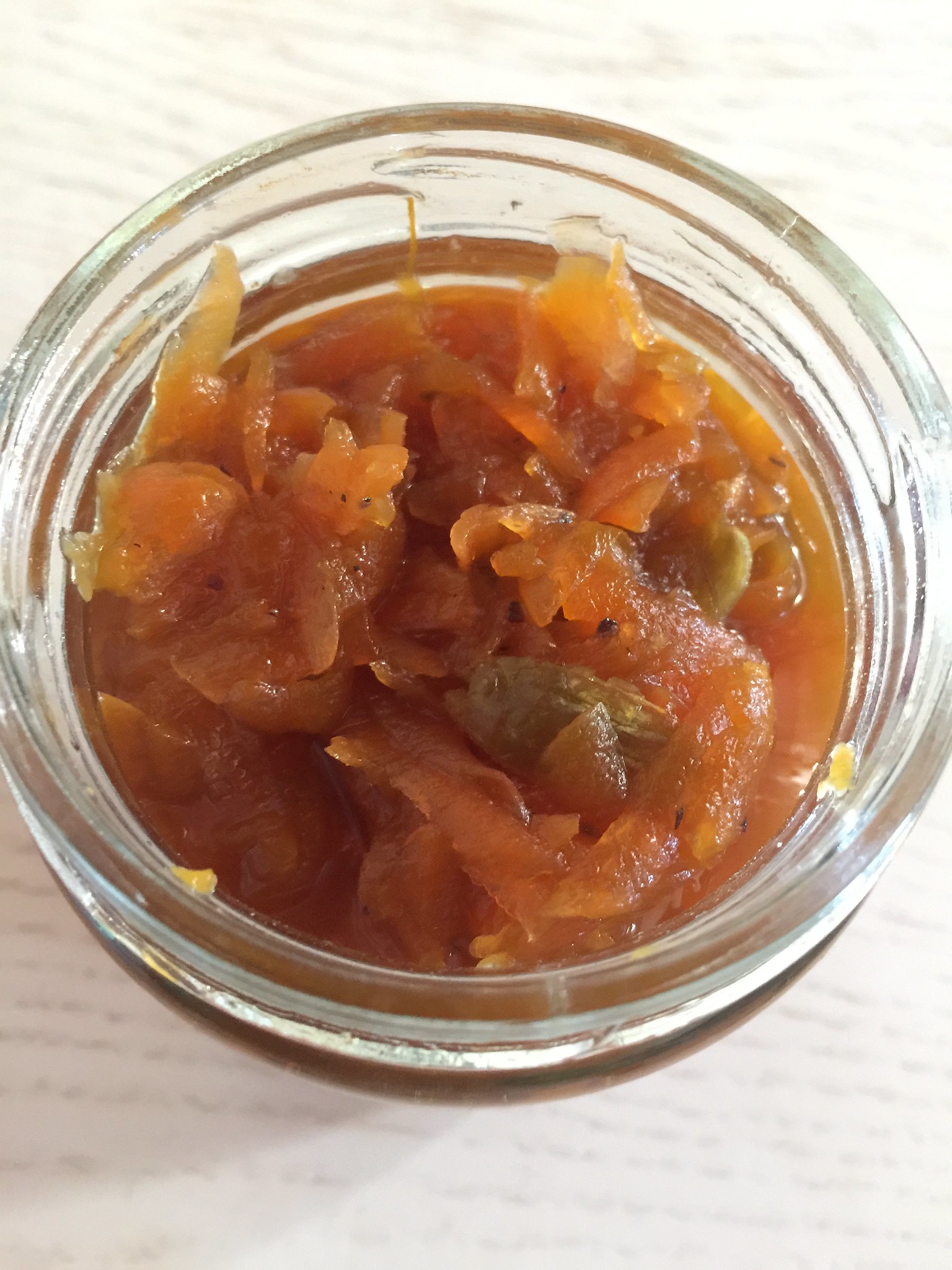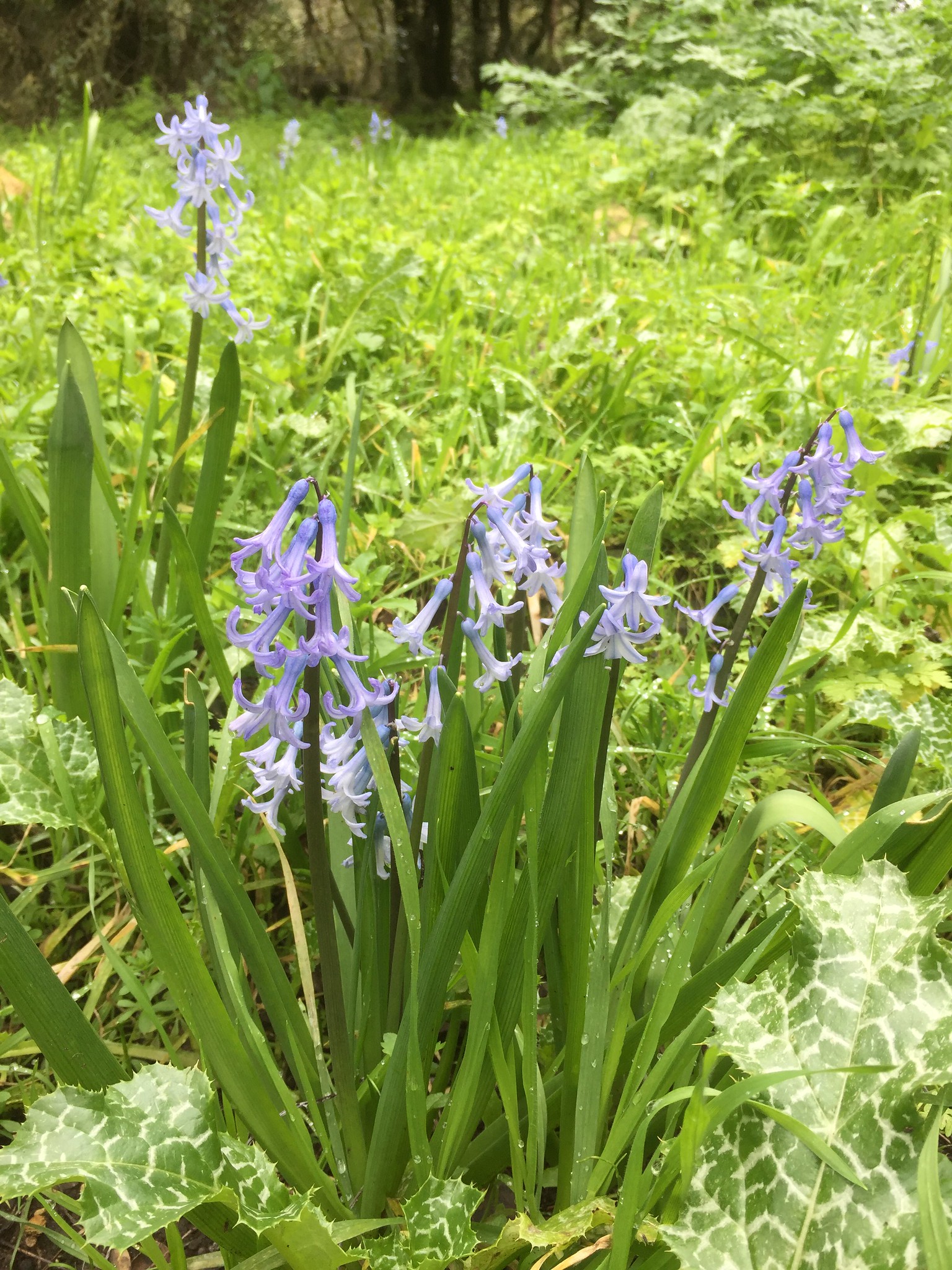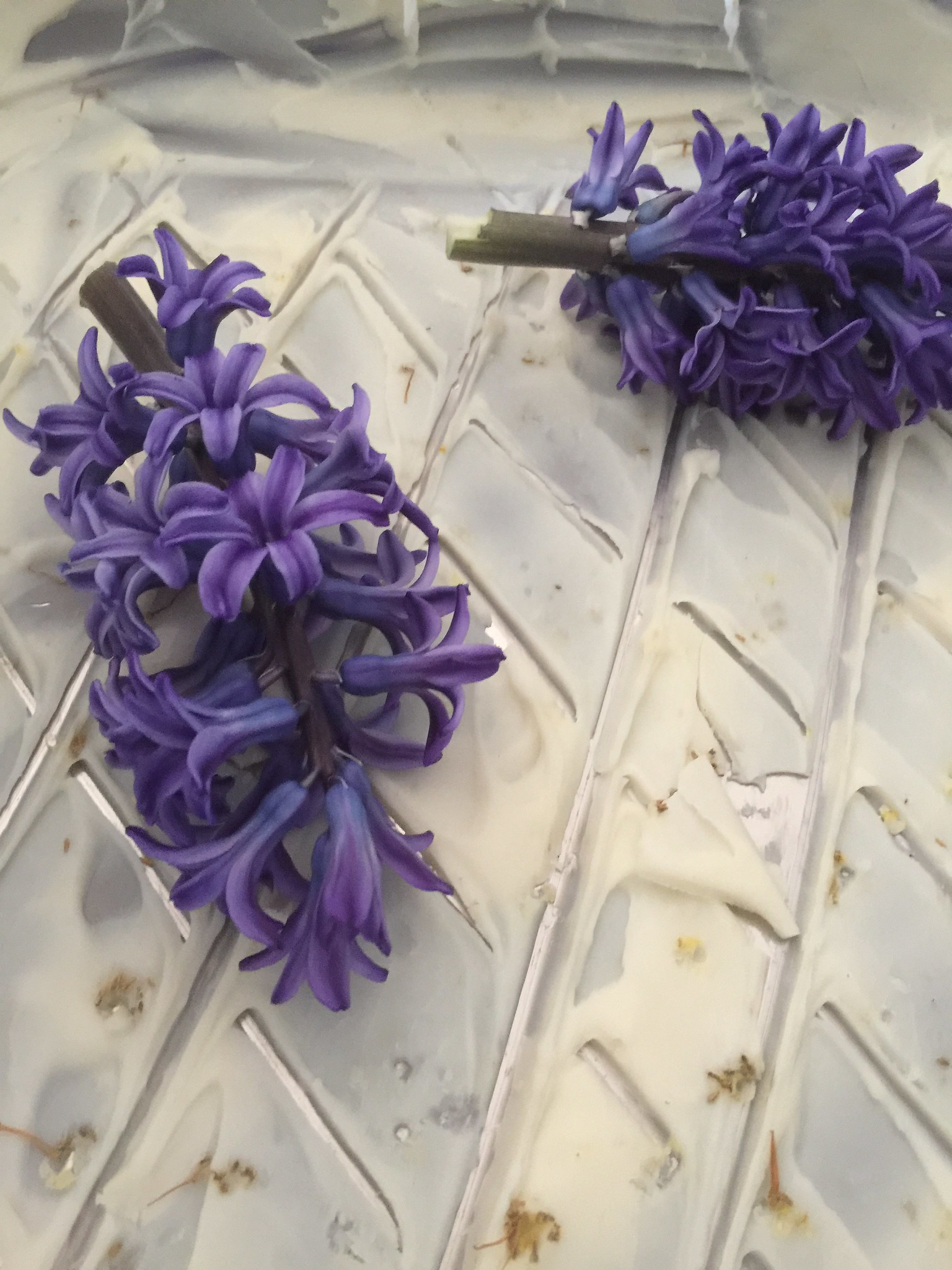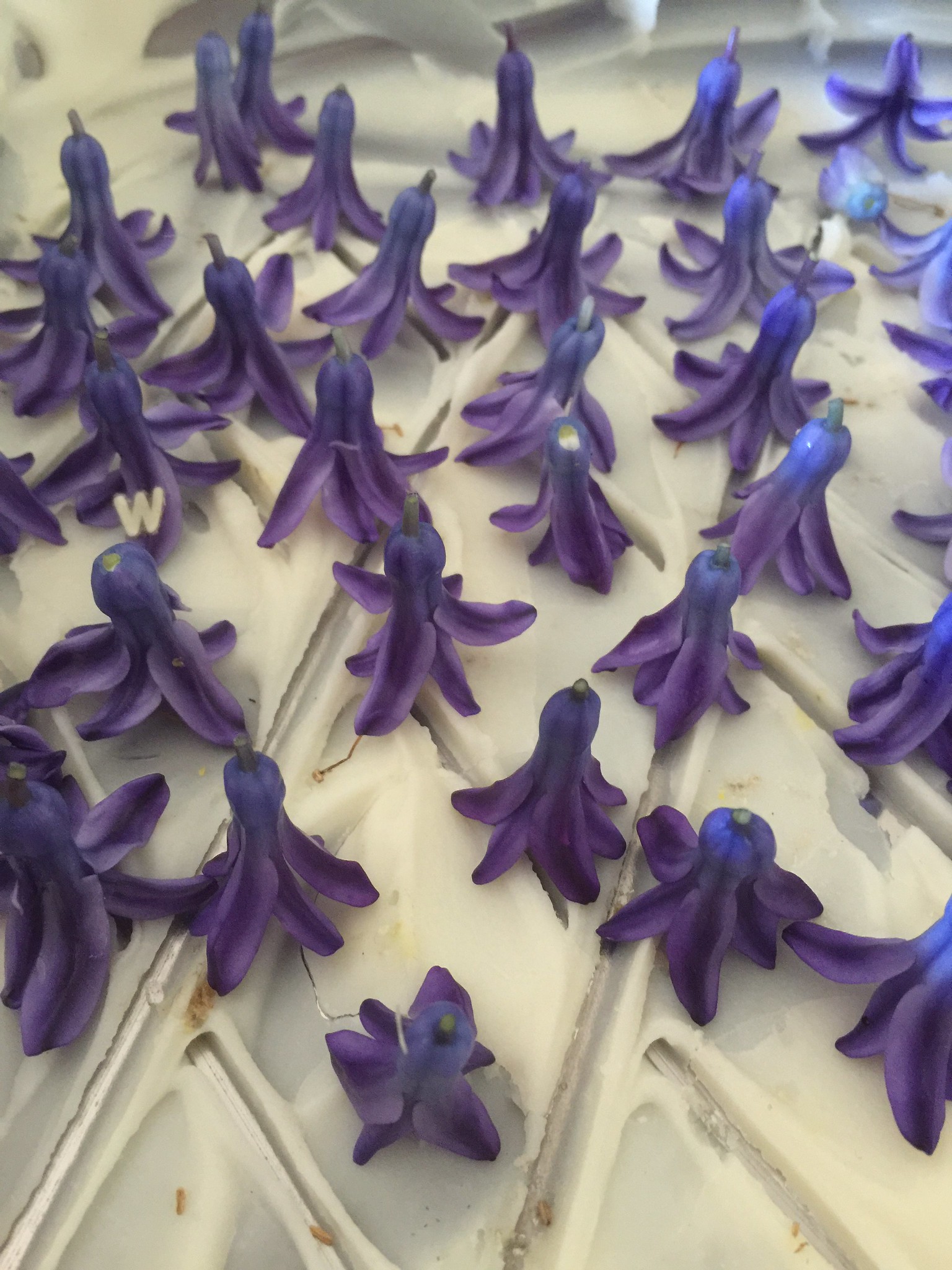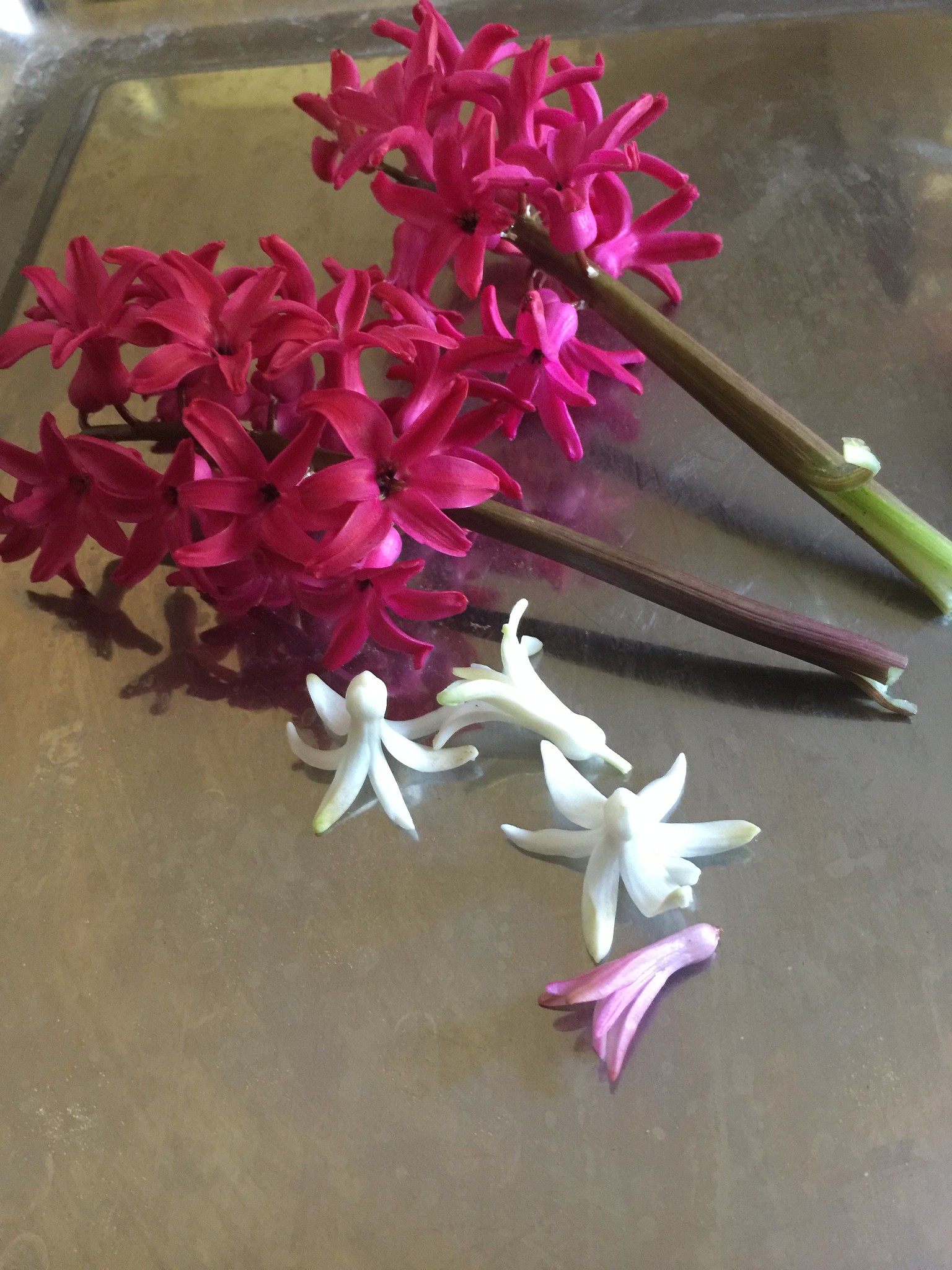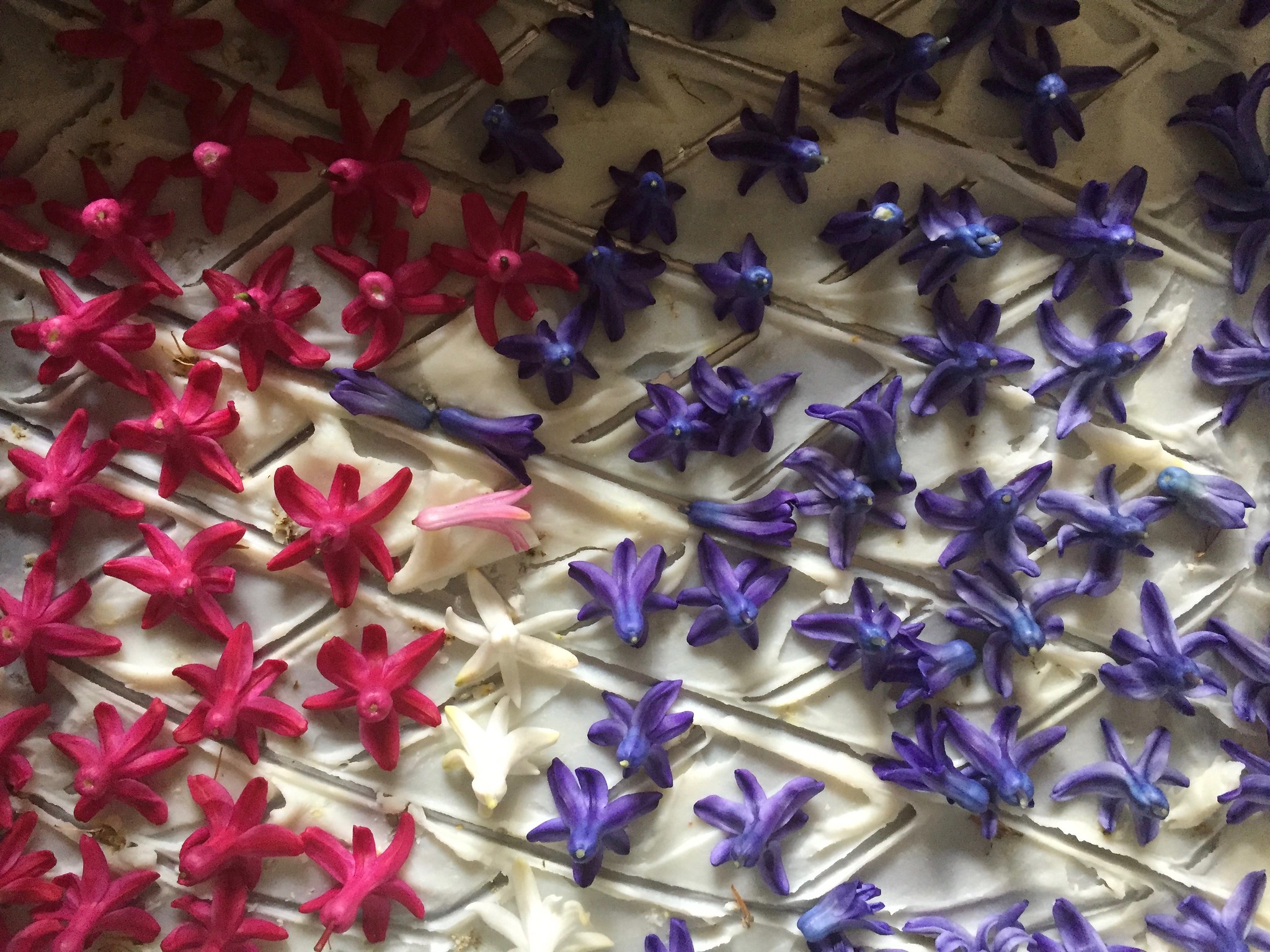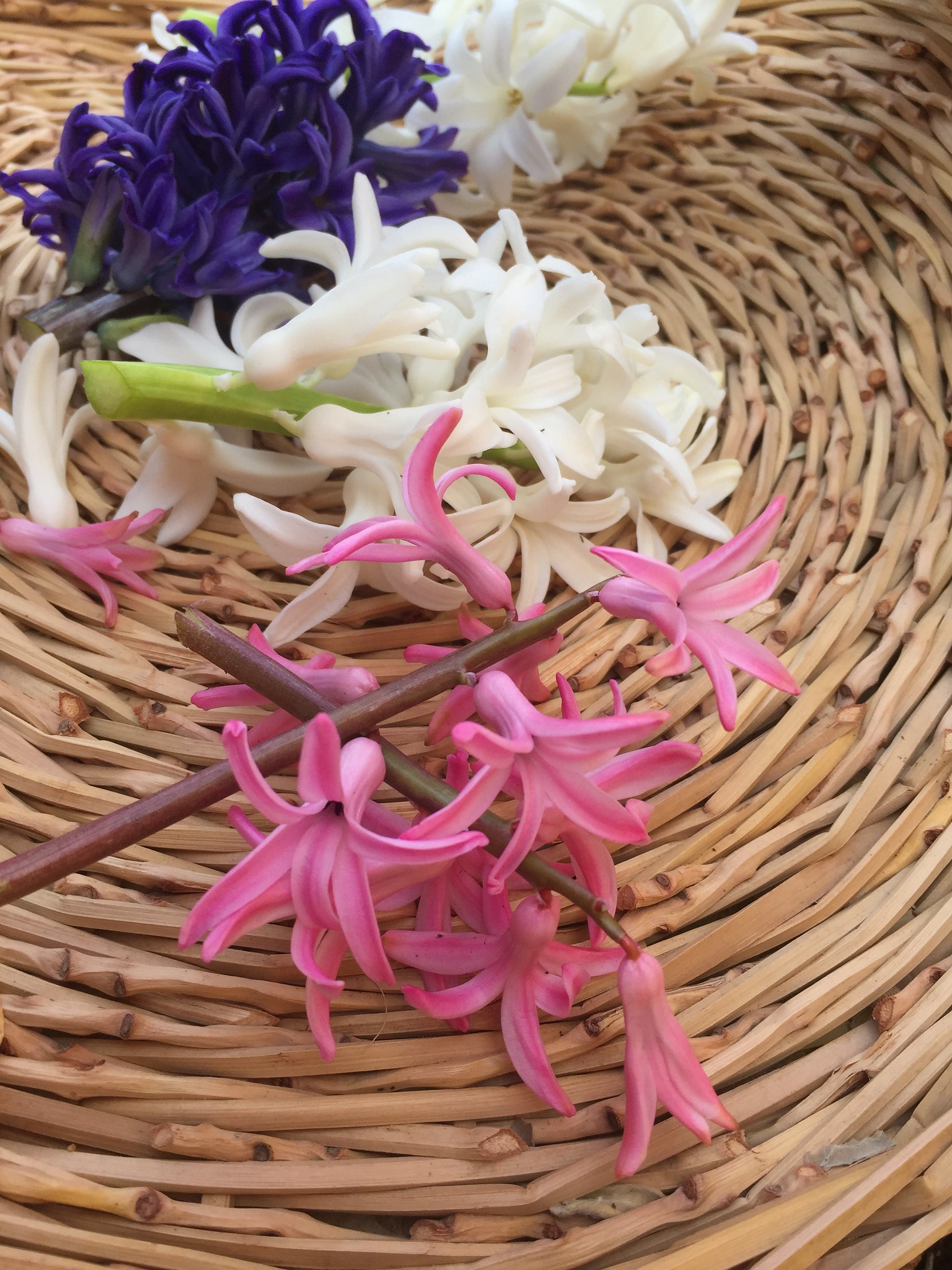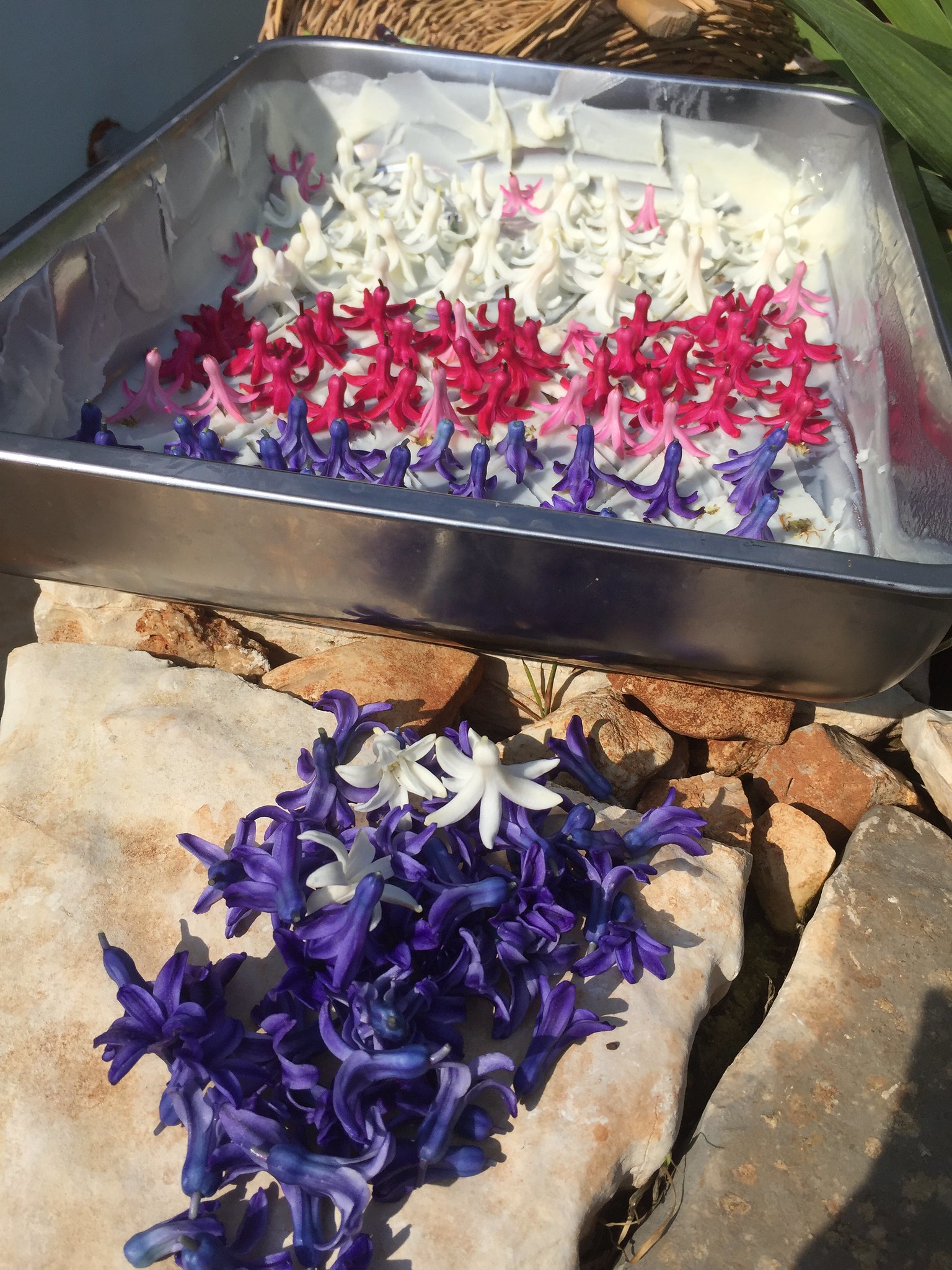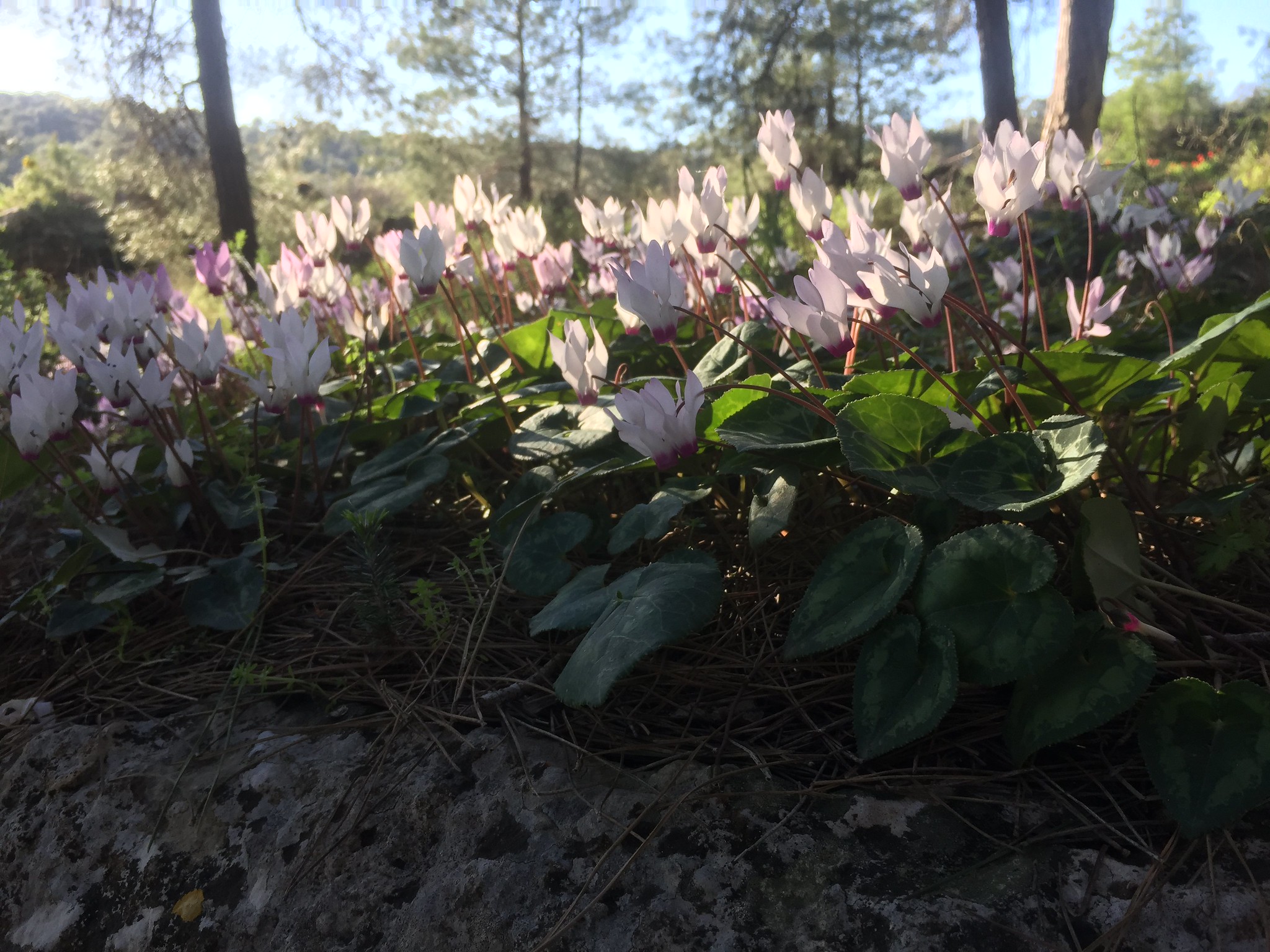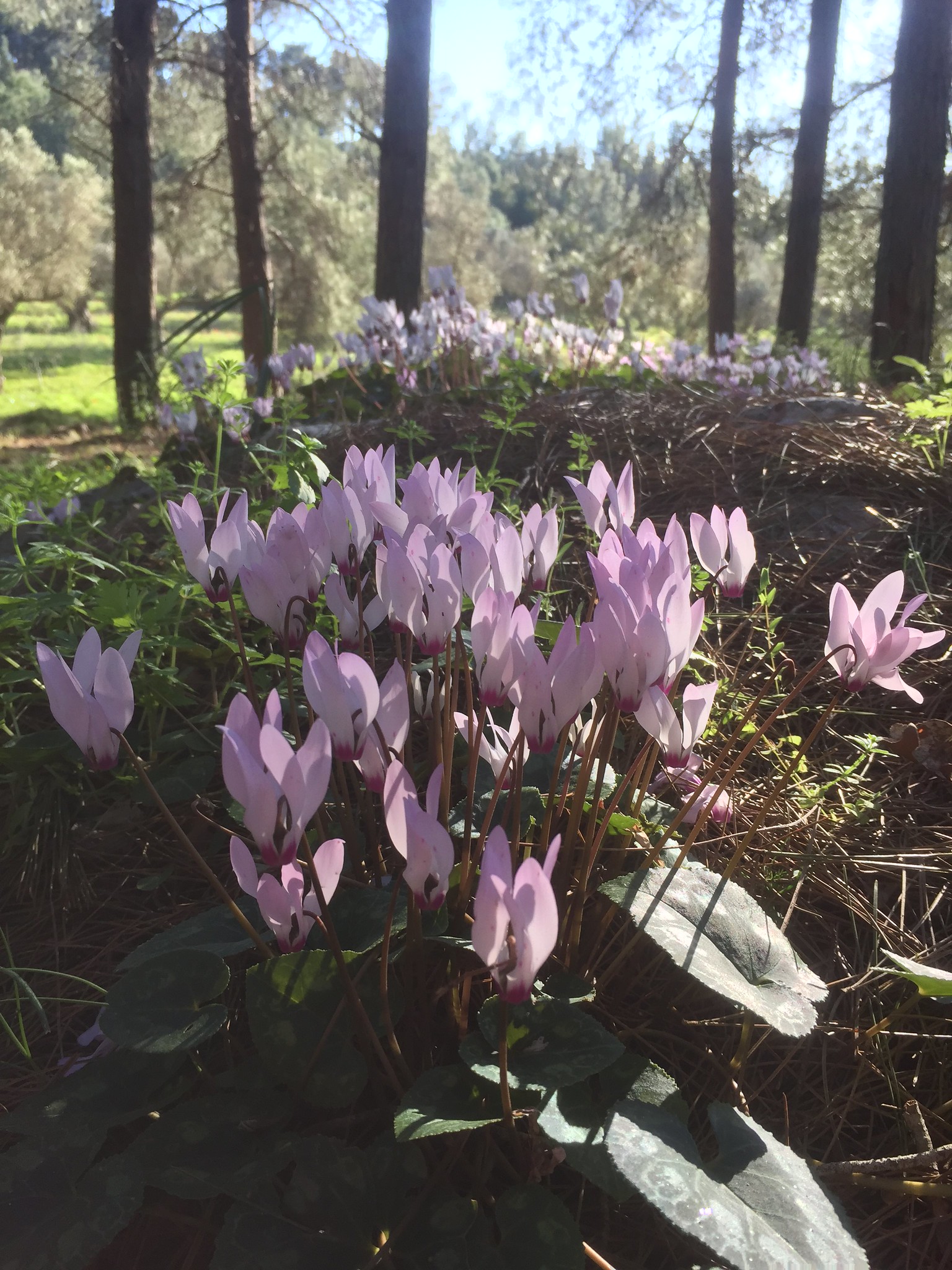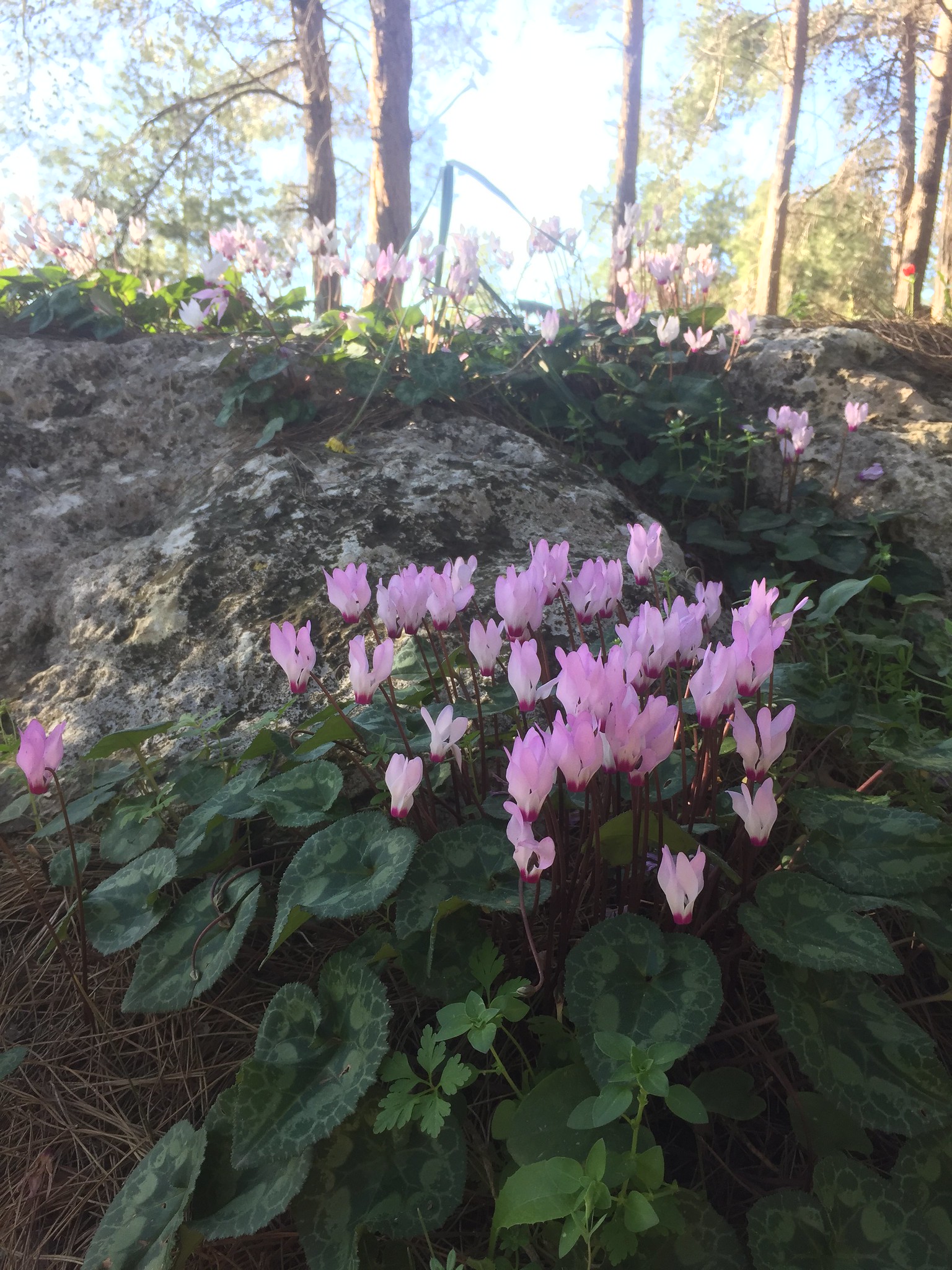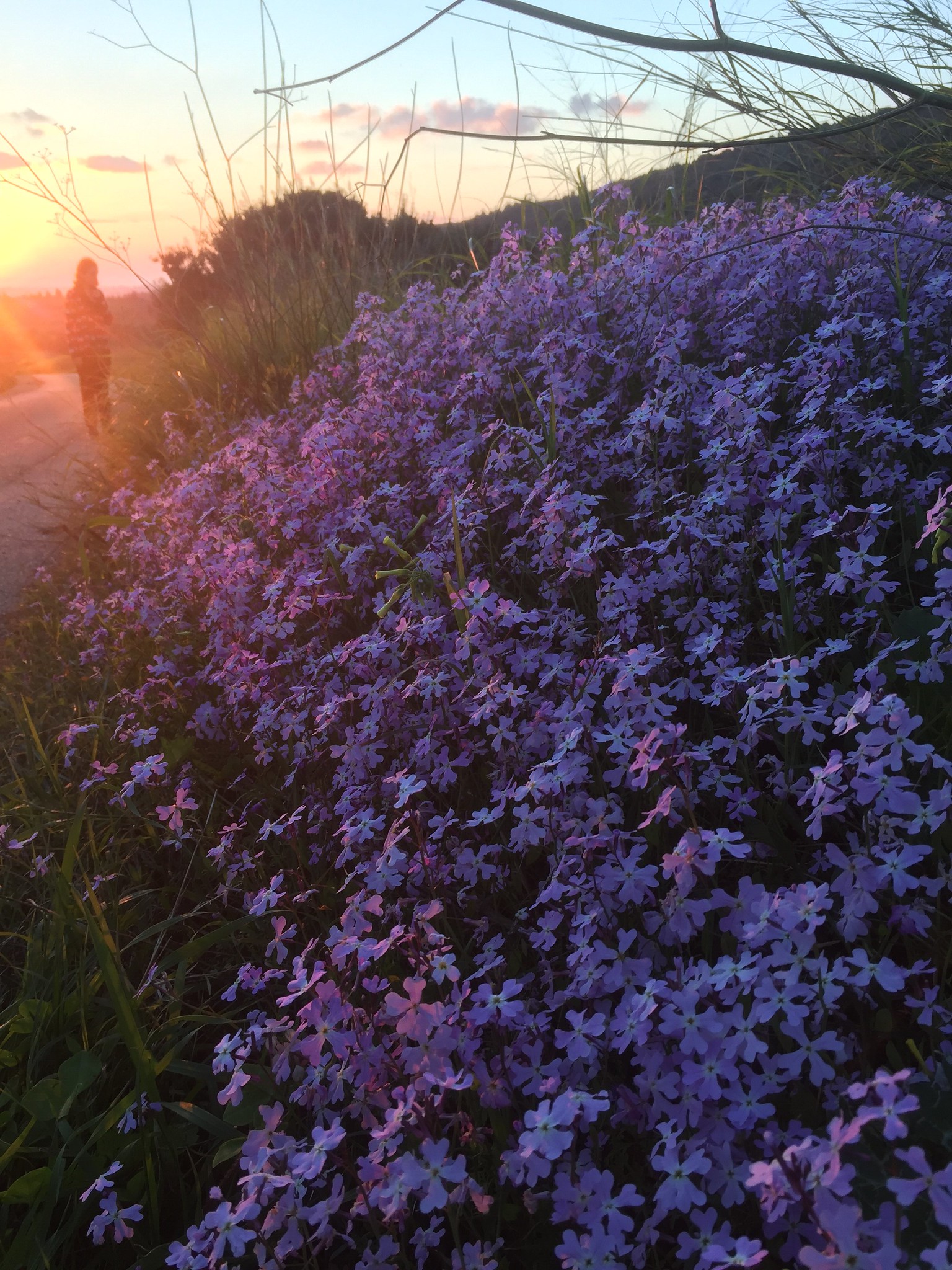Fougere Week Highlights - Spring 2019
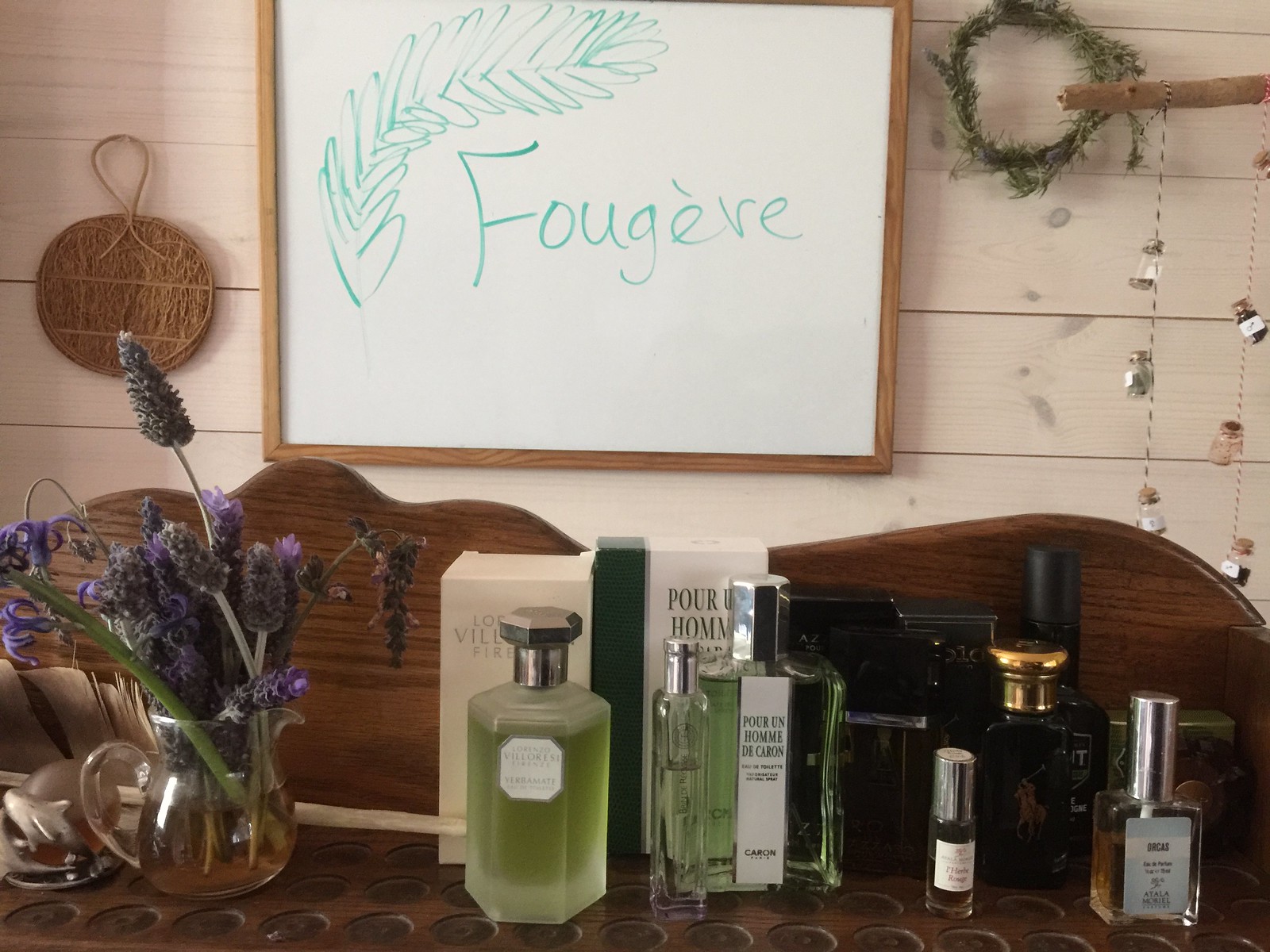
Fougère Week has come to a close - after spending a week with five amazing women from all over the world (there were representatives from almost all continents!) - it's time to say goodbye. But before we move on to next week (three of them are staying for the more advanced Floriental course), I'd like to share some photos.
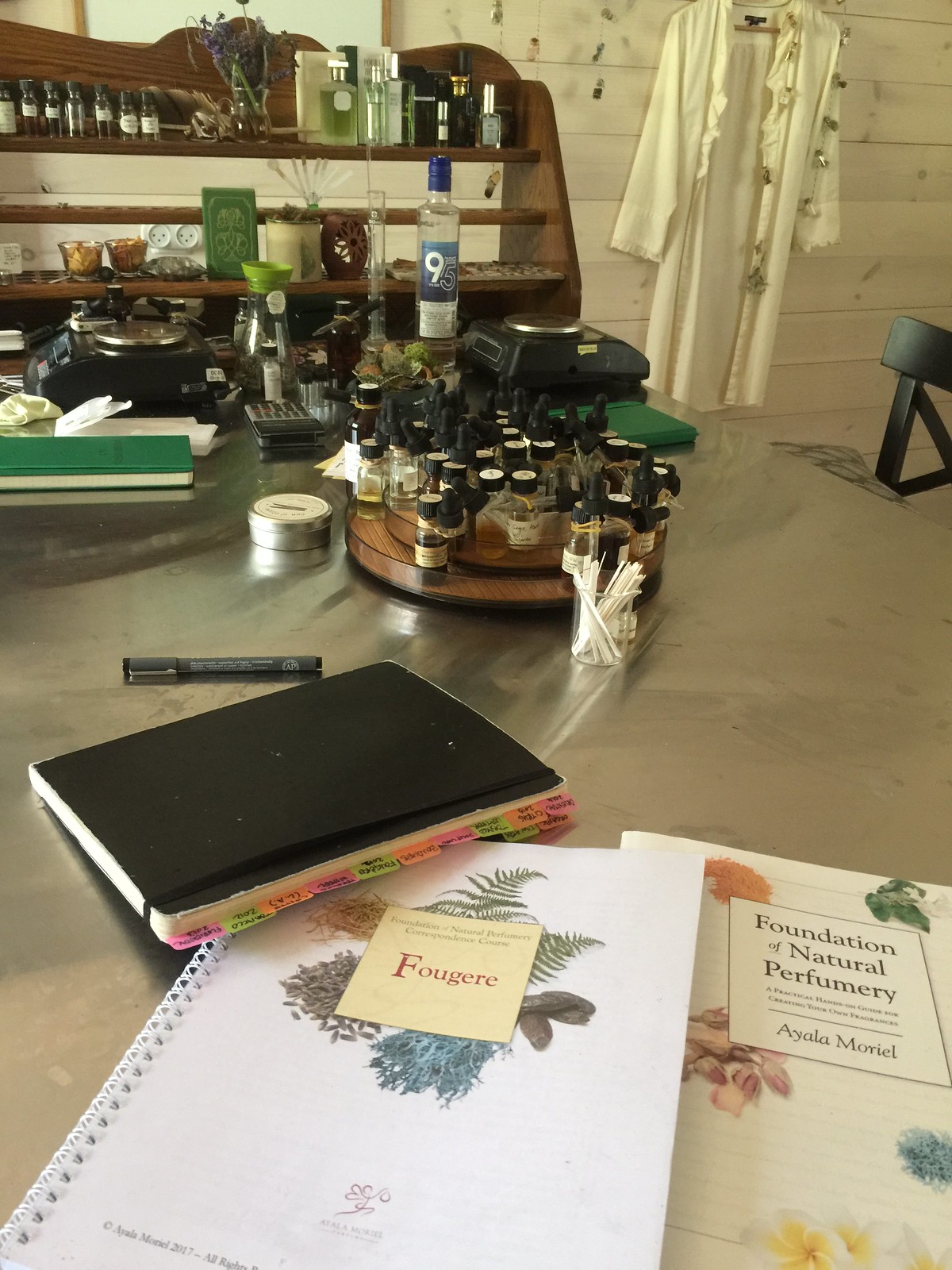
Our studies are focused on the Fougère fragrance family, yet tackling it from many different direction. As you can see from our setup, we study not only raw materials but also classic Fougère fragrances and this genre's pre-cursor Lavender Waters. So we enjoyed sniffing classics such as Jicky, Polo, Yerbamate, Caron Pour Une Homme, Azzaro, Brut as well as some naturals from my collection (Lovender, l'Herbe Rouge, Gaucho and Orcas).
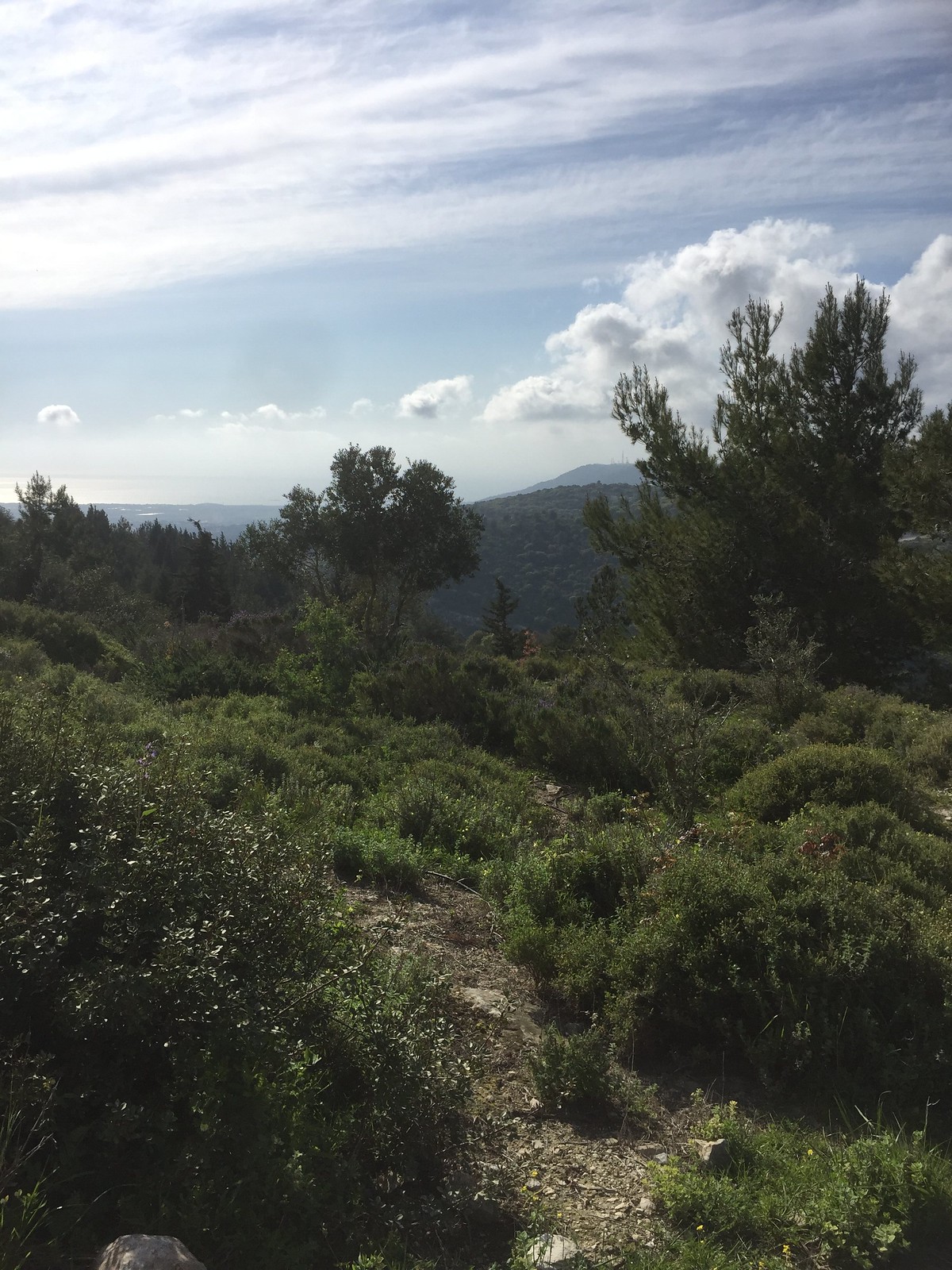
We also went on a field trip to find inspiration and open our senses to nature. We went up to Park Adamit and Keshet Cave and strolled on the Perfume Garden Path, where we were able more than a dozen perfume and medicine plants, such as lavender, wormwood, bay laurel, wild rose and more.
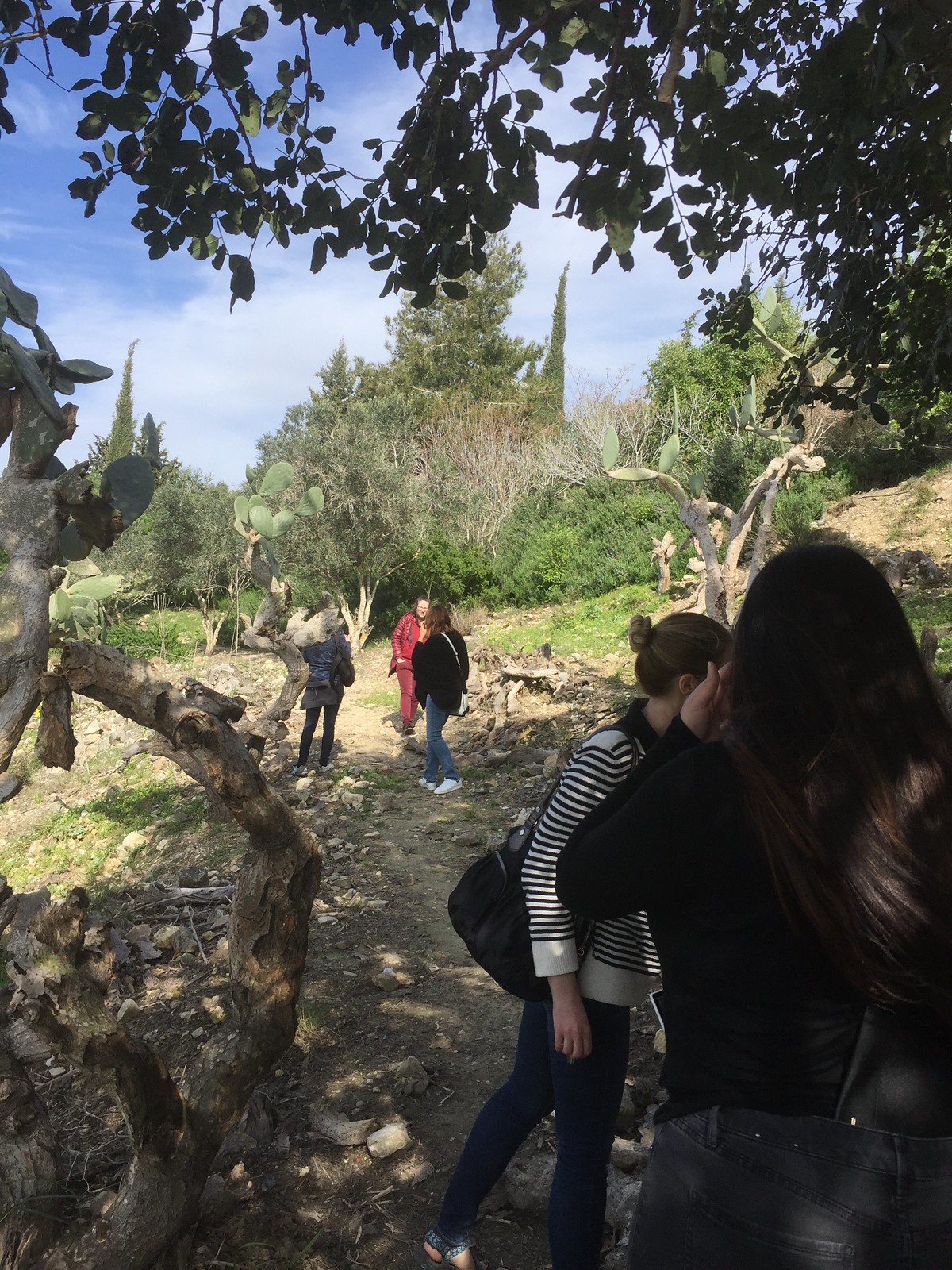
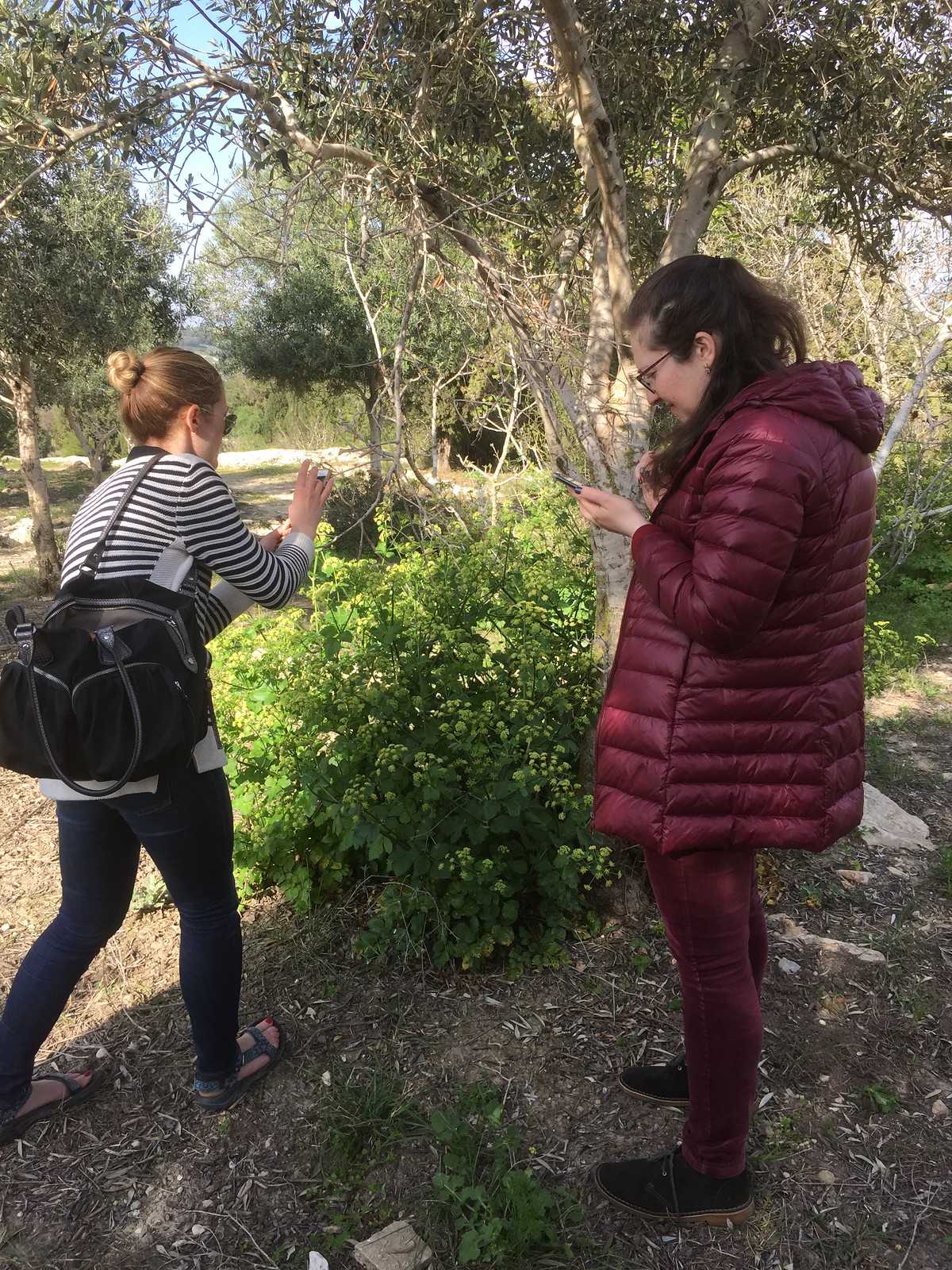


We met different plants along the way, including one from the apiaceae family that I never met before (and am still struggling to identify). It has leaves very smilier in taste and shape to celery, but it is not wild celery from as far as I could tell. The flowers were honeyed and fragrant in a most surprisingly delicious way.
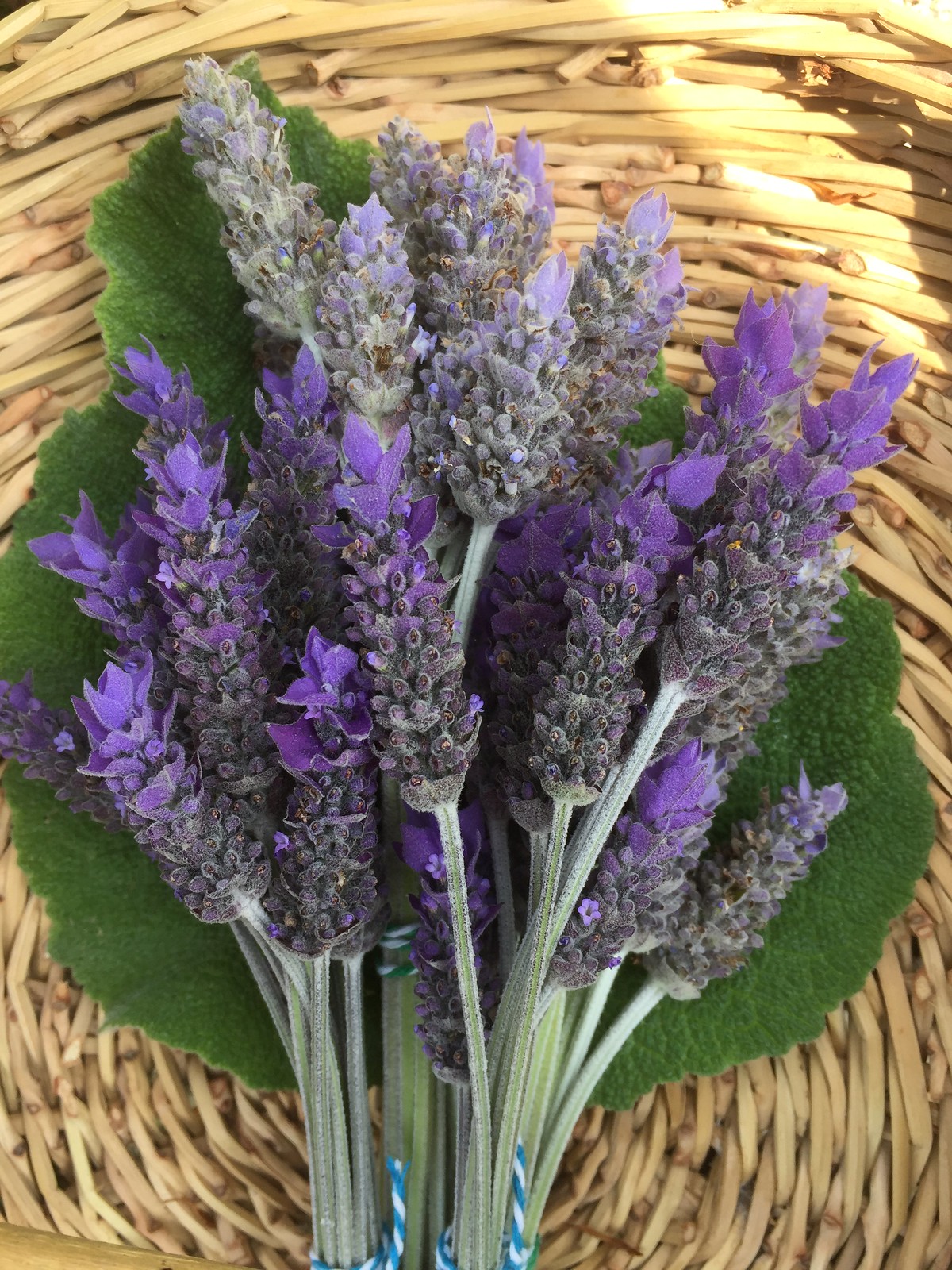
In addition to exposing the olfactory world and places outside of the studio, we also bring herbs, fruit and flowers from outside to tincture, study and smell. For example - various lavenders from the garden, and local natural sources of coumarin, such as wild purple clover (see below).

It's amazing how each one of the students came out with a completely different brief, inspiration and Fougère fragrance out of this very same place of inspiration we all went to at the exact same time. It is important for me to teach not only the technical but also the creative and process-oriented problem-solving required to develop each student's unique voice and eventually style. It's not just about technique and raw materials, and I like to get this point across even in the beginner courses (Fougère is the second in the order of my courses).
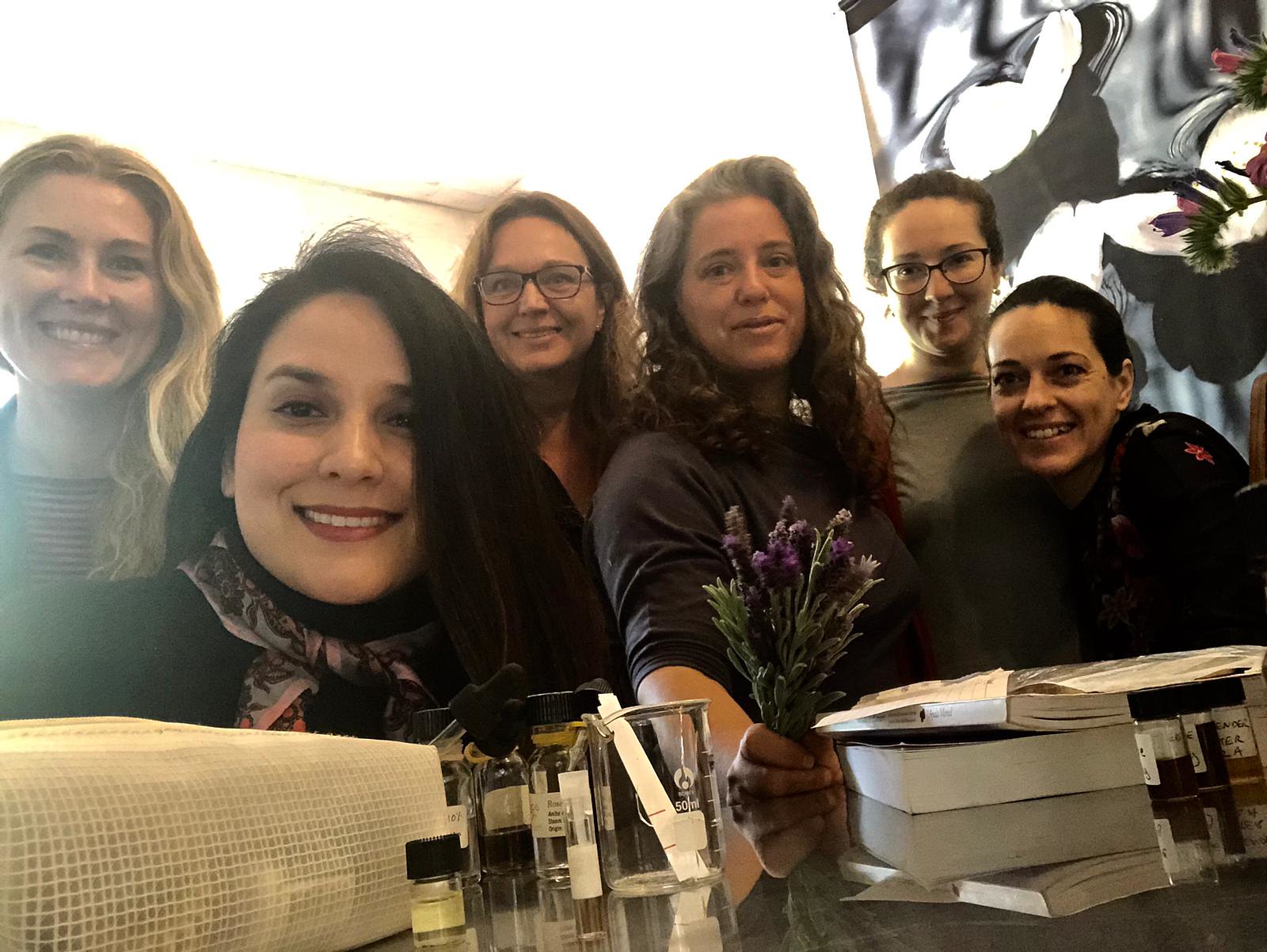
If you too are interested in studying natural perfumery, I'd love to hear from you! The next beginner-intermediate session will take place November 10-14, 2019 and registration is already open. Before applying you should complete the Citrus & Colognes and Fougère correspondence courses.
Labels: Ayala Moriel School of Perfumery & Aromatic Arts, Clil, Fougere Week, Perfume Course, Perfume School, Week Long Perfumery Course

